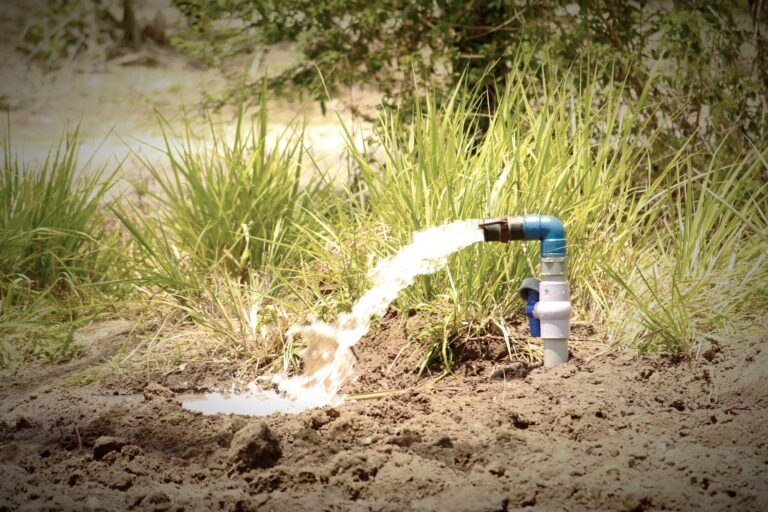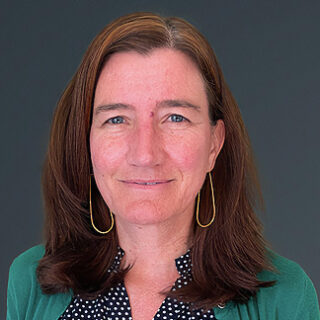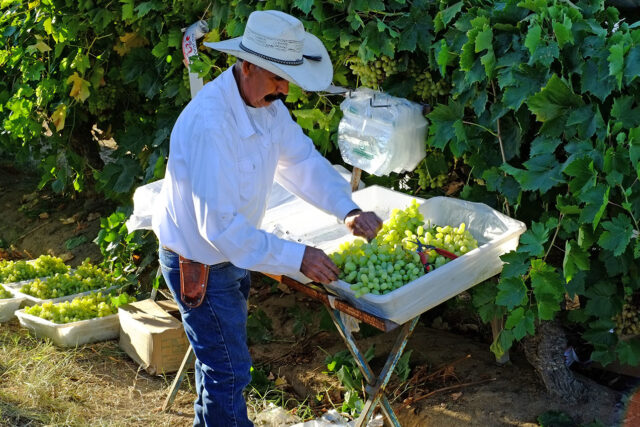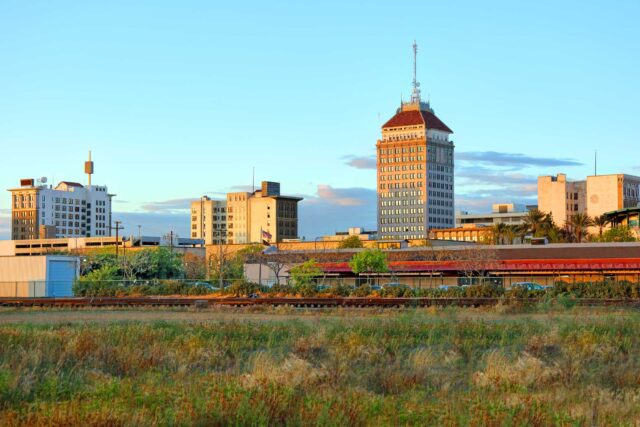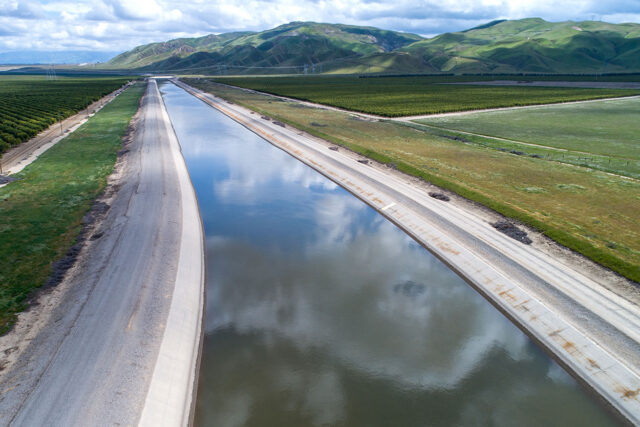Bringing the San Joaquin Valley’s groundwater basins into balance by the early 2040s is going to be challenging, but two neighboring groundwater sustainability agencies (GSAs) in Madera County are collaborating to move the process forward. We spoke with one engineering consultant and one general manager—Joe Hopkins of Aliso Water District Groundwater Sustainability Agency and Sarah Woolf of the Triangle T Water District—to hear about their agencies’ efforts to comply with the 2014 Sustainable Groundwater Management Act (SGMA).
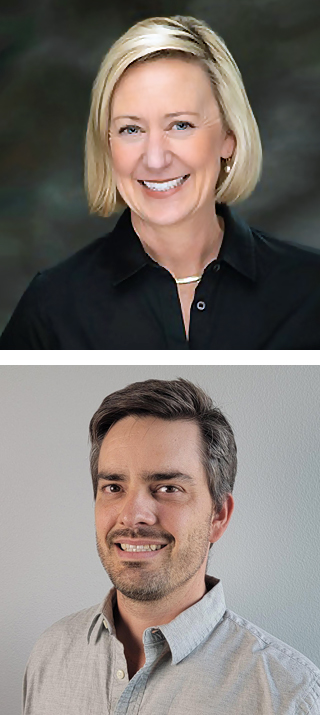 You both manage GSAs in groundwater-dependent areas, and you’re trying to bring those basins into balance. How’s it going?
You both manage GSAs in groundwater-dependent areas, and you’re trying to bring those basins into balance. How’s it going?
Sarah Woolf: It’s challenging! In some ways, SGMA hit Triangle T earlier than everybody else. We have no surface water, and we had some of the worst land subsidence in the state. Neighboring irrigation districts had infrastructure to deliver water designed on gravity flow, and subsidence was reversing the flow. If we didn’t do something, we were going to get sued. So in 2012, we studied what was causing the subsidence and how to fix it. We formed a water district and started managing our aquifers to mitigate subsidence.
Joe Hopkins: In Aliso, we formed a GSA and went from voluntary to mandatory assessments to raise the funds needed to support groundwater management. Now we’re working with growers to design solutions everyone can live with. We’re moving in the right direction, but it’s taking time to get the additional water we need to move towards sustainability.
How are you collaborating to make groundwater recharge happen?
SW: Between 2012–17, landowners in Triangle T dedicated almost a thousand acres to recharge ponds. We received some Prop 68 funding for permanent ponds, totaling another 500 acres.
JH: In Aliso, the district doesn’t have surface water, but certain growers do, and they take water during flood events for recharge. Some willing landowners are tearing out crops to put in recharge basins. We’re also planning to recharge on 80 acres on which we’ve taken out a long-term lease.
Aliso and Triangle T have been collaborating on floodwater capture from the Chowchilla Bypass since 2018. This includes joint studies to support our water rights applications, and jointly meeting with regulatory agencies to explain the benefits of our common approach and solicit feedback.
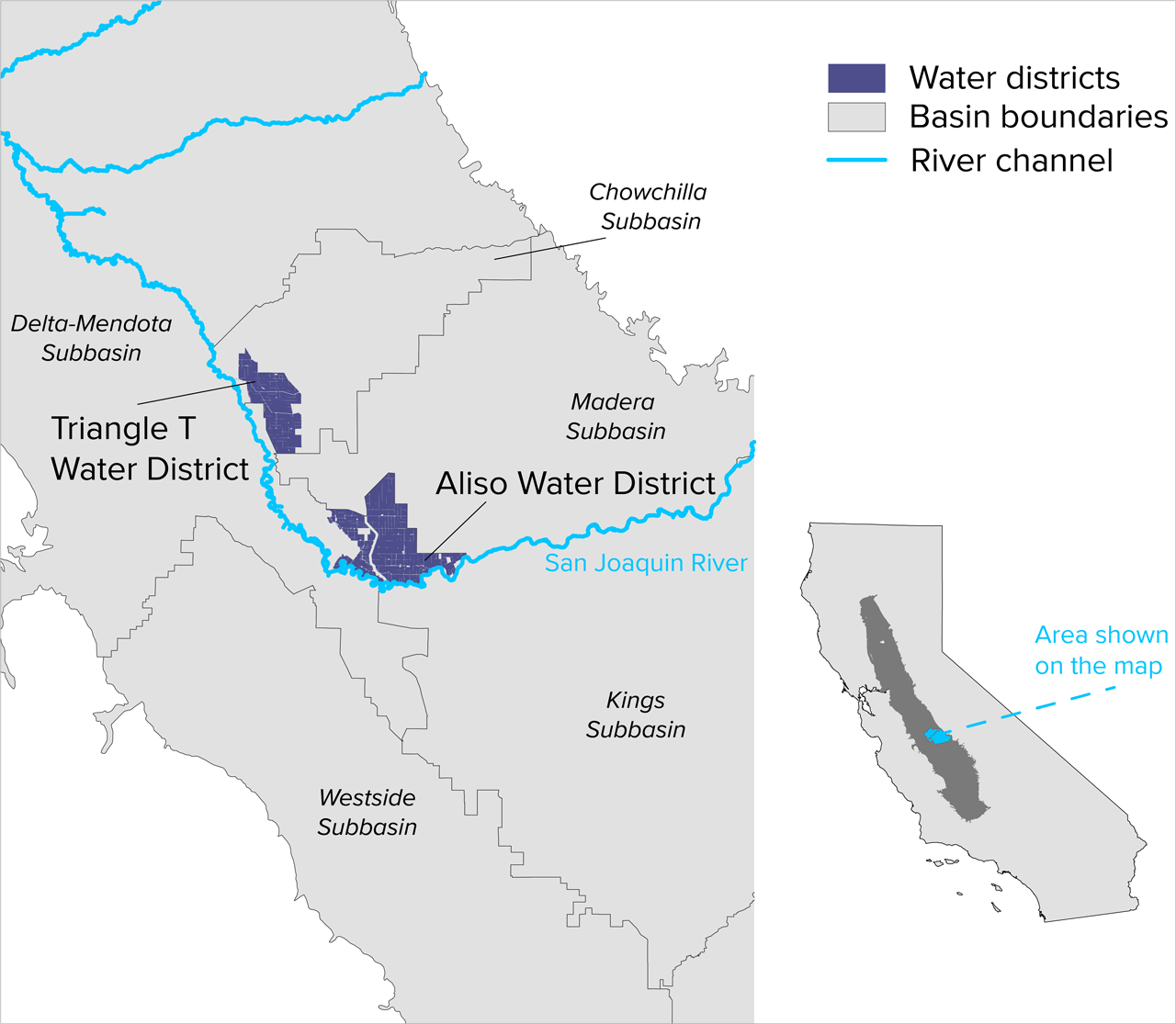
What challenges have you faced in attempting to expand local recharge projects?
SW: The challenges are immense.
JH: The easiest part of our recharge project was getting the 80 acres of land. Water conveyance to where we want to recharge—and permits with the California Department of Fish and Wildlife and the State Water Board—have been more complicated. We’ve made steps with the State Water Board. They’ve developed a streamlined process for a water rights permit, but that’s only one piece of the puzzle. We’re trying to get through other state and federal agencies, and we’re struggling with it.
SW: We found that recharge is not considered a beneficial use. The State Water Board says, “You took 10,000 acre-feet, and that’s great, but we can’t give you a credit for that because it wasn’t beneficial use under water law.” You have to have a water right to get a SGMA credit. This puts agencies, users, and farmers in a holding pattern. What rights do people have to floodwater? When is it considered floodwater?
JH: We’re the guinea pigs on this. The State Water Board wants to help but also has to work within the limits of the code. Our permits are the first permits on the Chowchilla Bypass asking for floodwater, and it’s not the last request they’re going to receive.
What could make this process work better?
SW: We need to protect existing water right holders but allow for the diversion of floodwater.
JH: Floodwater comes on short notice with unknown duration. The state has identified floodwater capture as a priority solution to groundwater overdraft. We would benefit from a collective and streamlined approach from the permitting agencies. To even divert water, we have to go through a streambed alteration permit, get support from the local levee district, and more. In 2019—a wet year—we had the water right in place, but we couldn’t use it because we didn’t have our fish screens yet. Getting all your ducks in a row is more complicated than it should be.
What’s working well?
SW: Landowners are eager to dedicate some land for recharge, habitat, and multi-benefit activities. But I’m worried that it will become so burdensome that they will get discouraged, sell and move away, or continue to degrade the aquifer.
JH: Growers are ready to invest, but we need to give parties some certainty that floodwater will be accessible. That would go a long way towards getting solutions in place.
